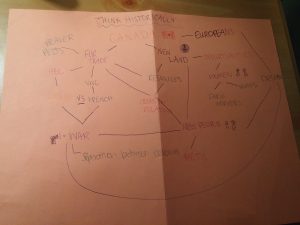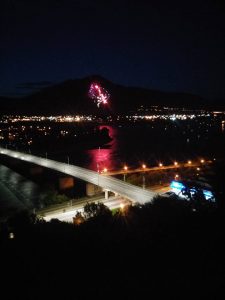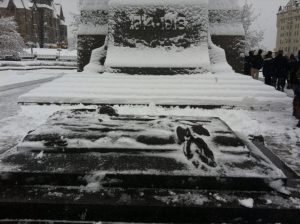My name is Meagan and I am currently a first year student at Thompson Rivers University in the Bachelor of Arts program. I am 18 years old and have a passion for reading and writing. I have an interest in history and the topic of women’s rights has always been something I wanted to explore and advocate for. I absolutely love animals and love going to petting zoos and all those kinds of things, and that explains the picture with the kangaroo! Throughout my childhood, my family moved a lot and about three years ago we decided to move to Kamloops and we have happily been here since!
I intend to pursue a career in teaching as I have always had a passion for learning and have taken part in leadership activities where I teach lessons to students on issues such as bullying and harassment. I want to be able to teach lessons of my own as this has always been a major goal in my life.
If someone were to ask me what made me want to take a history course, I would have to say that I am not sure. Maybe it’s that I wanted to learn more about women’s rights; or the reading and writing involved; or perhaps even just for the experience. However, I am very glad I took this History 1120 course and I am excited to share my experience of learning and “doing” history with you all!
Something you all may find interesting is that I took all the pictures that are posted on my blog I took myself! As well, all the locations are in Canada and range from here in Kamloops, BC to Ottawa, ON!








